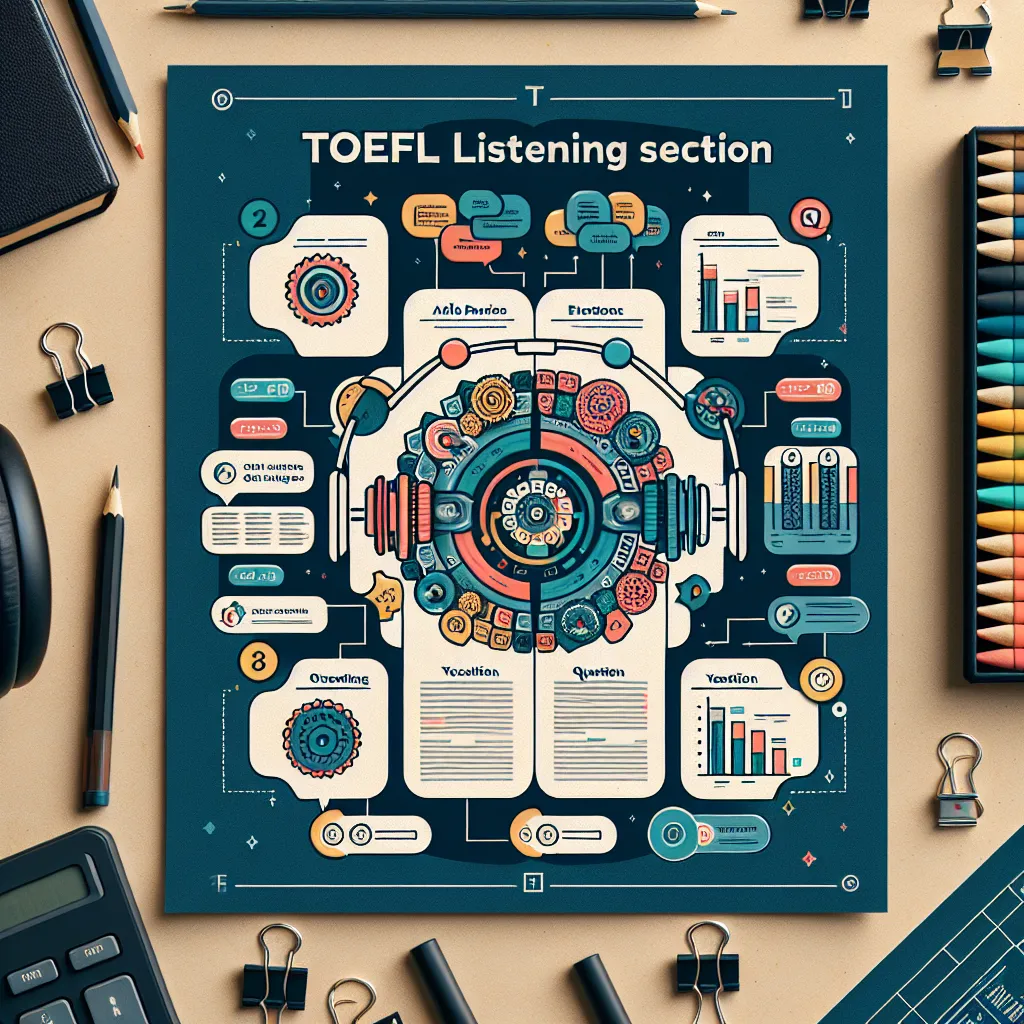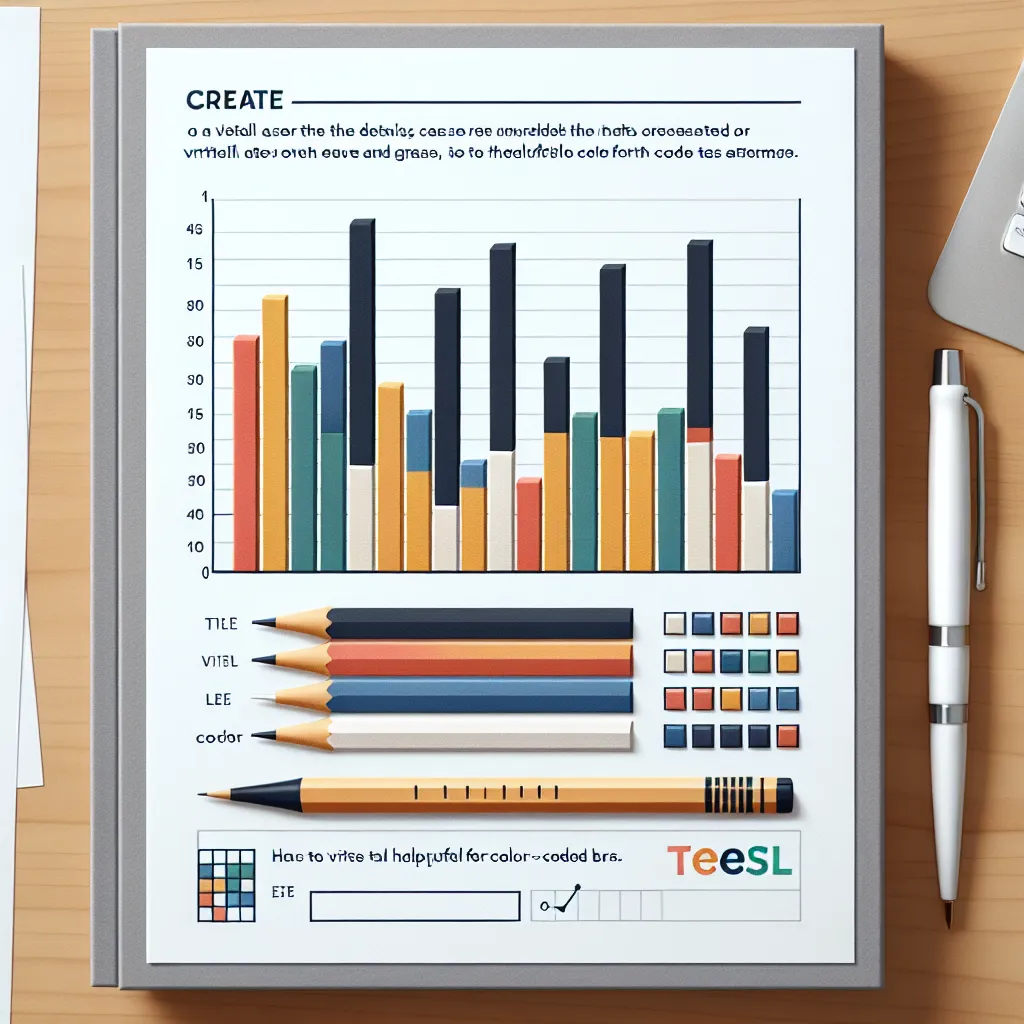Are you preparing for the TOEFL iBT Reading section and feeling overwhelmed by the challenges it presents? Don’t worry! In this comprehensive guide, we’ll explore effective strategies to help you sidestep common pitfalls and boost your performance in the TOEFL iBT Reading test. Whether you’re a beginner or looking to refine your skills, these tips will prove invaluable in your TOEFL journey.
 TOEFL iBT Reading Strategies
TOEFL iBT Reading Strategies
Understanding the TOEFL iBT Reading Section
Before diving into specific strategies, it’s crucial to understand the structure and expectations of the TOEFL iBT Reading section. This part of the test typically includes 3-4 passages, each followed by 10 questions. You’ll have 54-72 minutes to complete this section, depending on the number of passages.
Common Question Types
- Factual Information Questions
- Inference Questions
- Vocabulary Questions
- Sentence Simplification Questions
- Insert Text Questions
- Summary Questions
Now that we’ve covered the basics, let’s explore how to avoid common traps in each of these question types.
Strategies to Avoid Common Traps
1. Time Management: Your First Line of Defense
One of the biggest traps in the TOEFL iBT Reading section is poor time management. Here’s how to avoid it:
- Allocate about 20 minutes per passage and its corresponding questions.
- Skim the passage quickly before diving into the questions.
- Don’t spend too much time on any single question; if you’re stuck, move on and come back later.
2. Tackling Factual Information Questions
Factual Information questions test your ability to identify specific details in the passage. To avoid traps:
- Look for keywords from the question in the passage.
- Be wary of paraphrasing; the correct answer may not use the exact words from the passage.
- Eliminate answers that contradict the passage or add information not present in the text.
3. Navigating Inference Questions
Inference questions can be tricky as they require you to draw conclusions based on the information provided. To avoid common pitfalls:
- Ensure your inference is directly supported by the passage.
- Avoid answers that are too extreme or go beyond the scope of the given information.
- Look for clues in the author’s tone and the overall context of the passage.
4. Mastering Vocabulary Questions
Vocabulary questions test your understanding of words in context. Here’s how to approach them:
- Read the sentence containing the word and the surrounding sentences for context.
- Try to guess the meaning before looking at the answer choices.
- Be cautious of words with multiple meanings; focus on how it’s used in the passage.
 TOEFL Vocabulary Strategies
TOEFL Vocabulary Strategies
5. Simplifying Sentence Simplification Questions
These questions ask you to choose a sentence that best summarizes a highlighted sentence in the passage. To avoid traps:
- Ensure the simplified sentence retains the core meaning of the original.
- Watch out for options that change the emphasis or introduce new information.
- Eliminate choices that omit crucial details from the original sentence.
6. Inserting Text Correctly
Insert Text questions require you to place a new sentence in the most appropriate location within a paragraph. To tackle these:
- Read the sentence to be inserted carefully.
- Look for logical connections and transition words that might indicate where the sentence fits.
- Check if the inserted sentence maintains the flow and coherence of the paragraph.
7. Summarizing with Precision
Summary questions test your ability to identify the main ideas of the passage. To excel in these:
- Focus on the overall theme and key points of the passage.
- Avoid options that include minor details or irrelevant information.
- Look for answers that encompass the main ideas from different parts of the passage.
Additional Tips for Success
-
Practice Active Reading: Engage with the text by asking questions and making mental notes as you read.
-
Build Your Vocabulary: Regularly learn new words and their contextual uses to improve your comprehension.
-
Familiarize Yourself with Academic Topics: Read articles on various academic subjects to broaden your knowledge base.
-
Take Practice Tests: Regularly attempt full-length TOEFL iBT Reading practice tests to improve your stamina and timing.
-
Analyze Your Mistakes: After each practice session, review your errors and understand why you made them to avoid repeating them.
[internal_links]
Conclusion
Avoiding common traps in the TOEFL iBT Reading section requires a combination of strategic thinking, careful practice, and a solid understanding of the test format. By implementing these strategies and continuously refining your skills, you’ll be well-prepared to tackle the reading section with confidence.
Remember, success in the TOEFL iBT Reading isn’t just about answering questions correctly; it’s about developing a systematic approach that allows you to navigate the challenges efficiently. Keep practicing, stay focused, and you’ll see improvement in your reading scores.
Do you have any specific strategies that have worked well for you in TOEFL iBT Reading? Share your experiences in the comments below, and don’t forget to check out our other articles on TOEFL preparation for more valuable insights!




